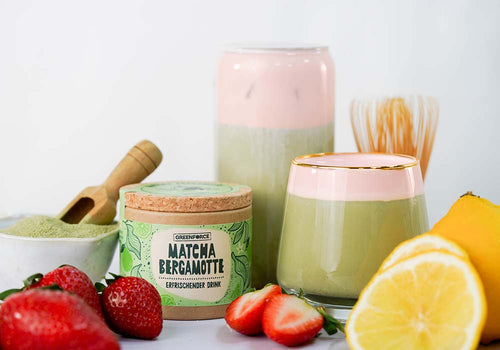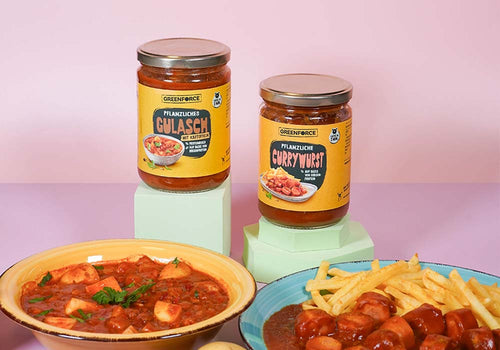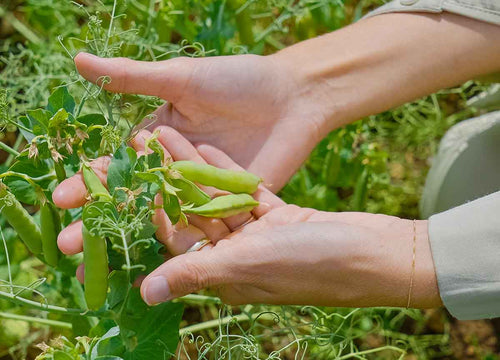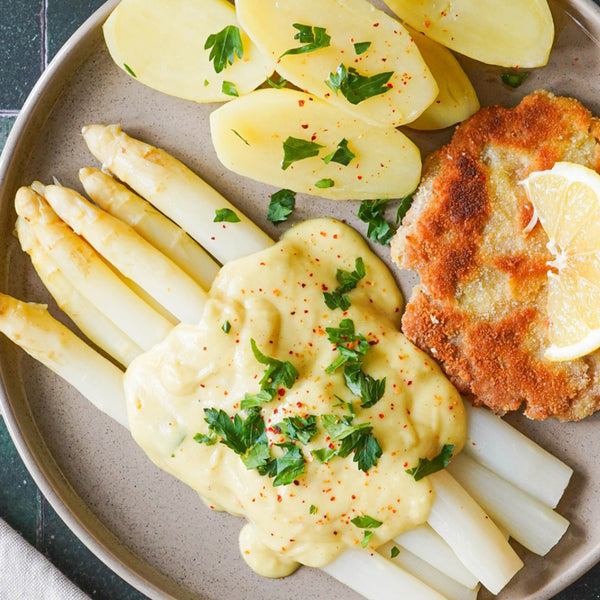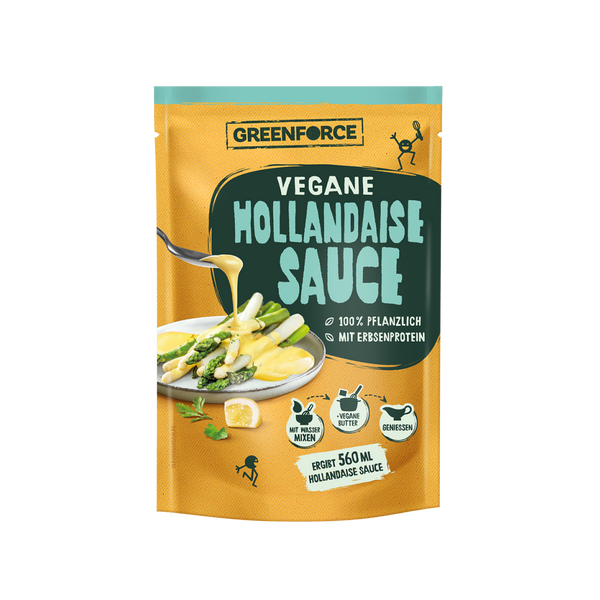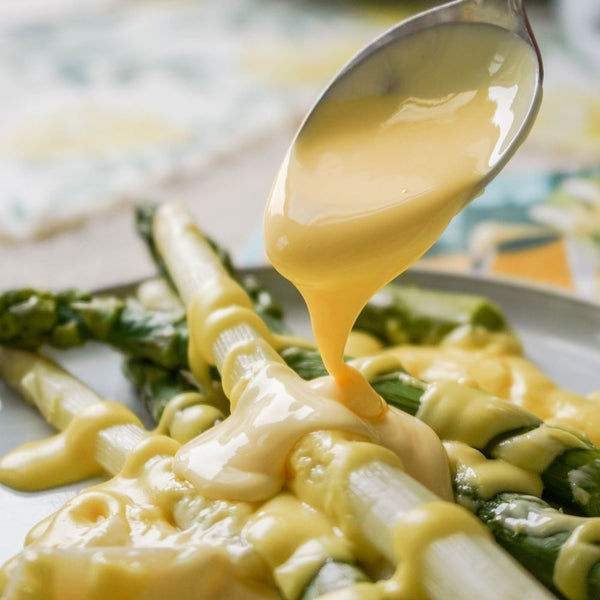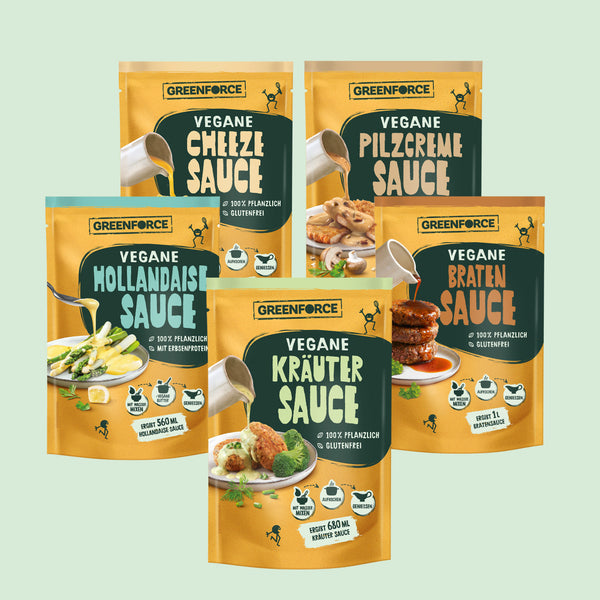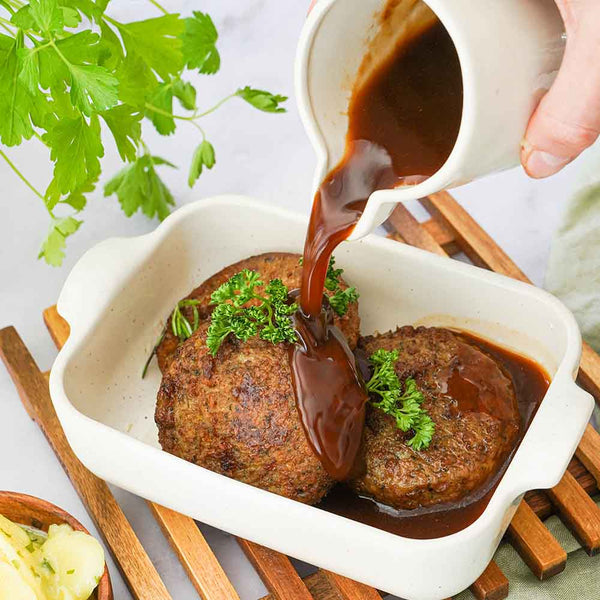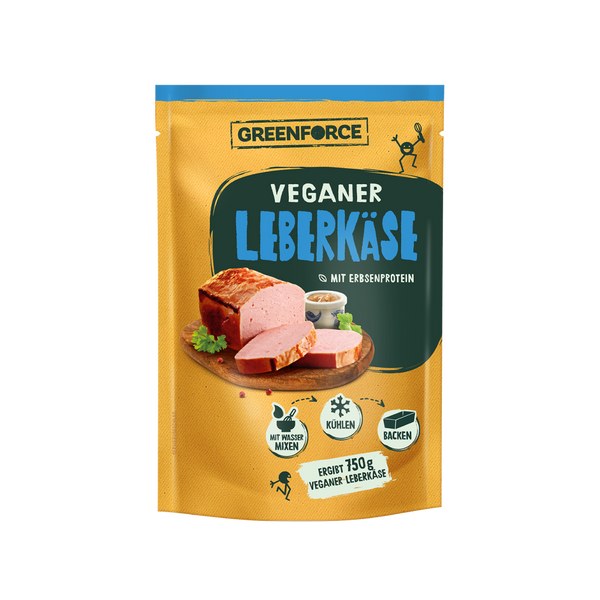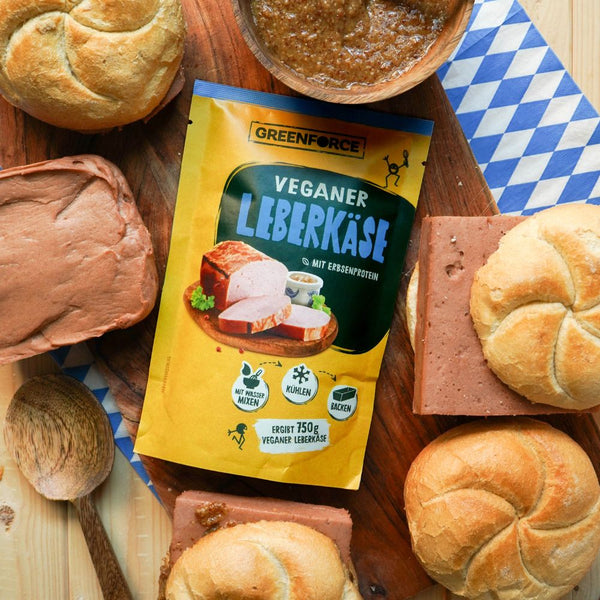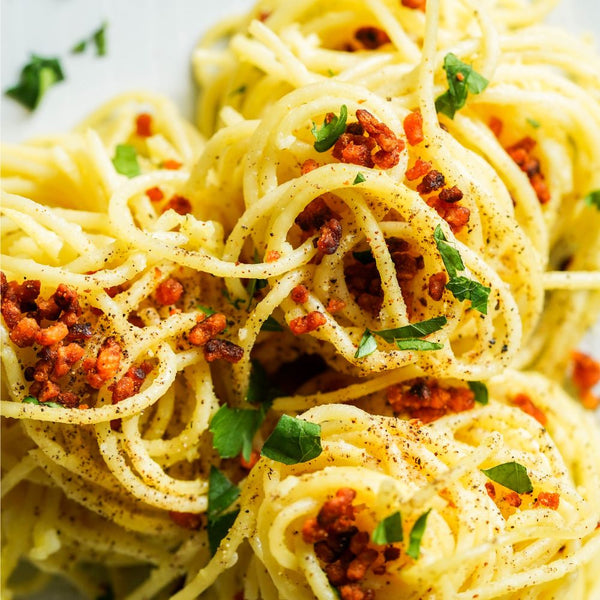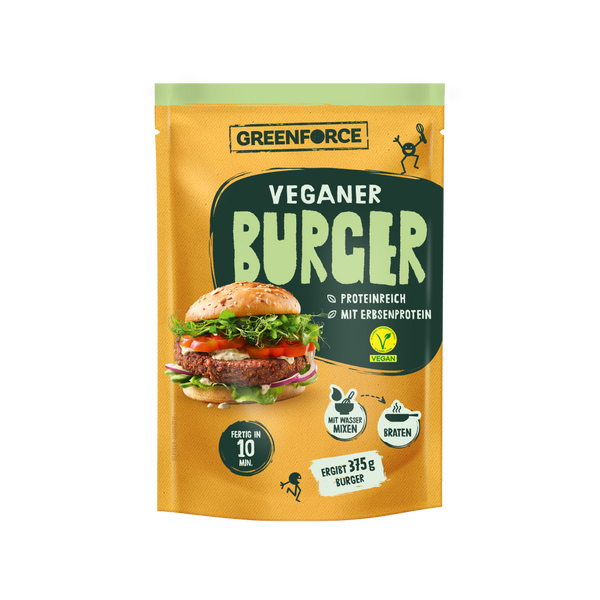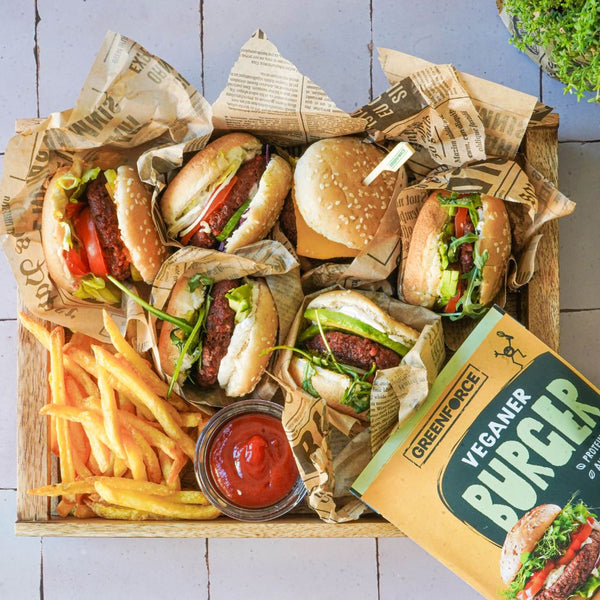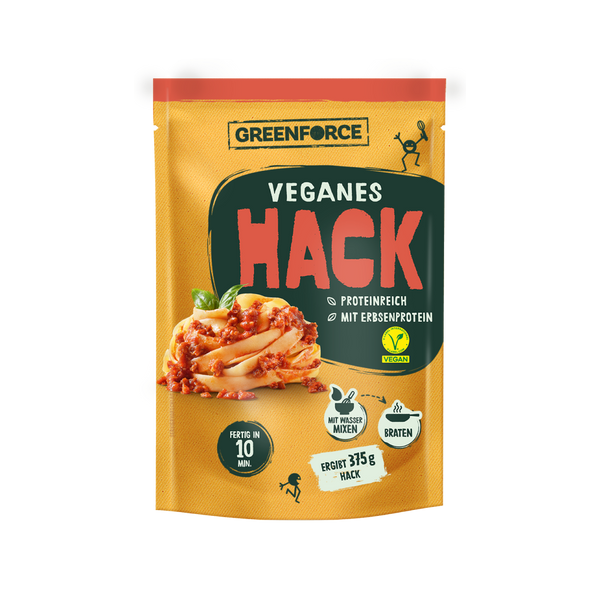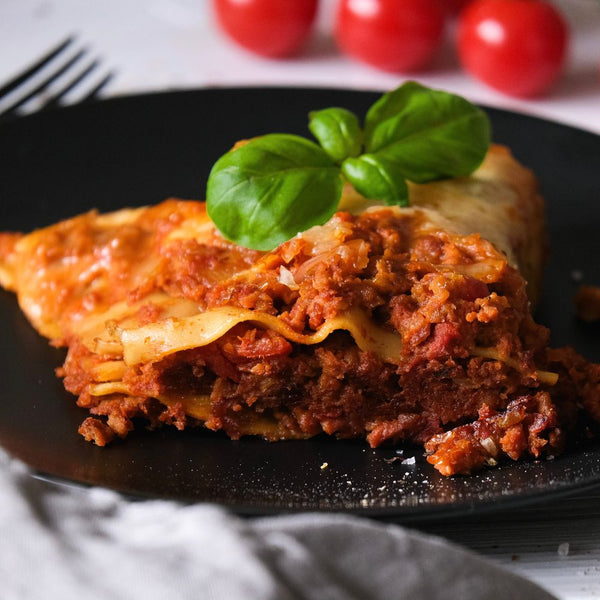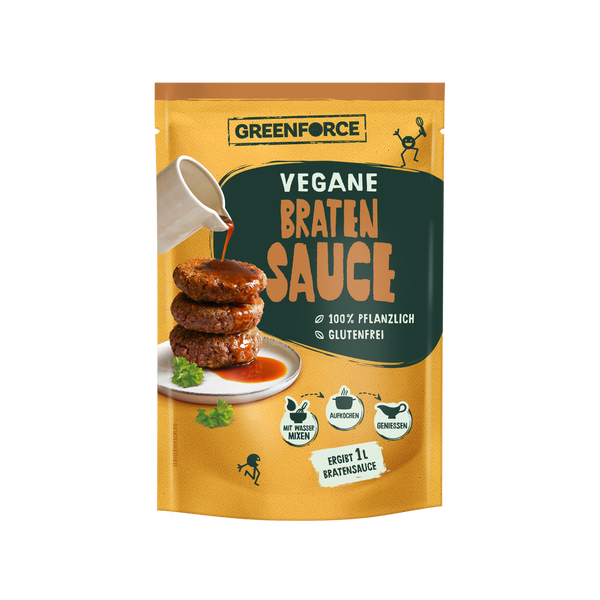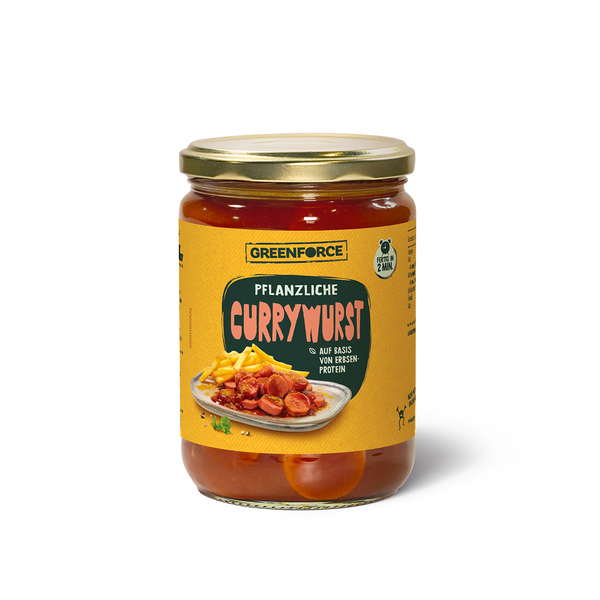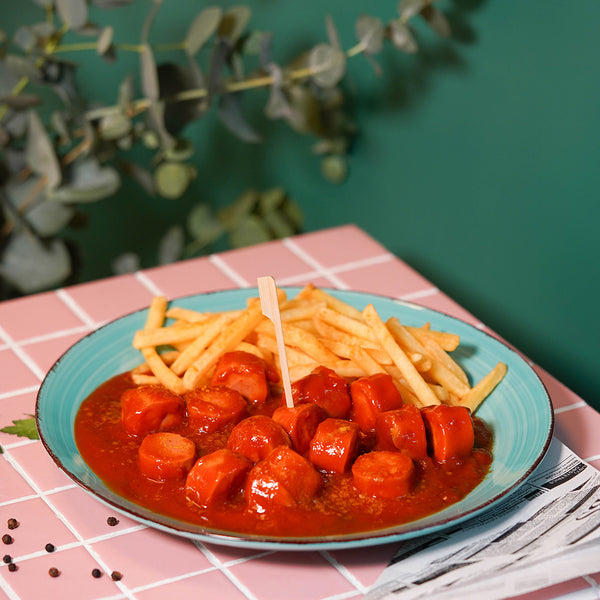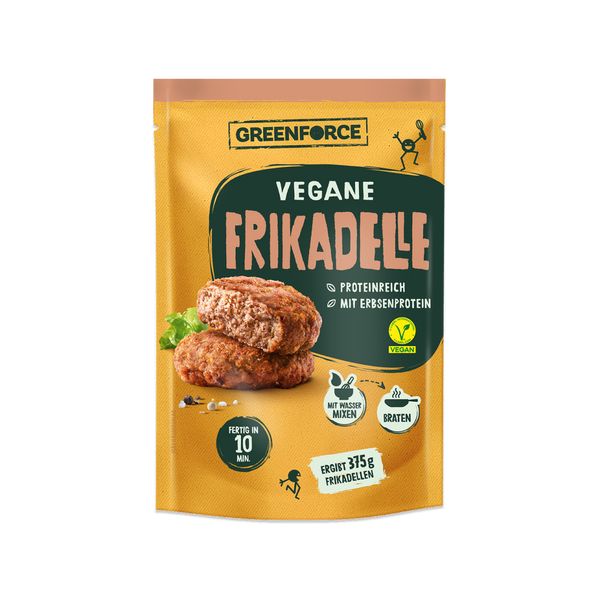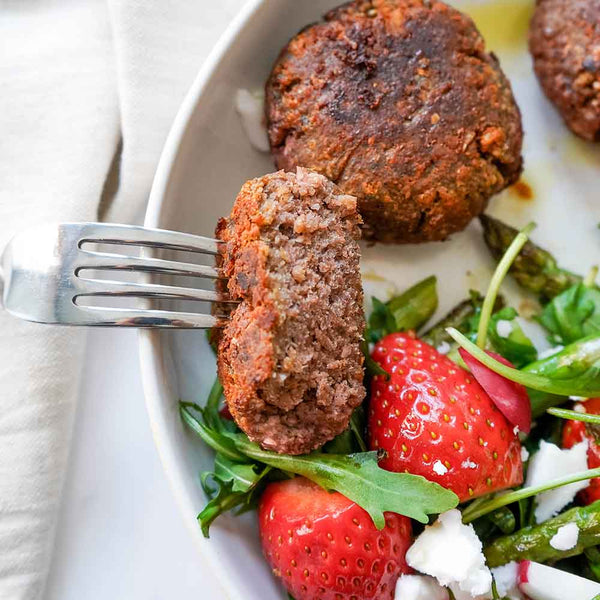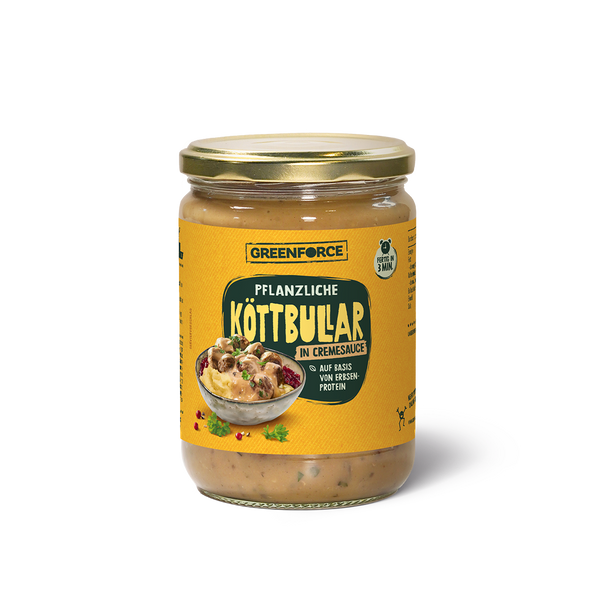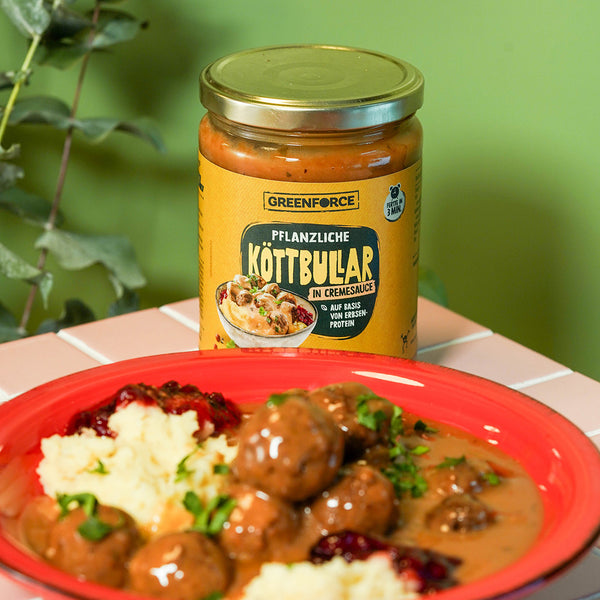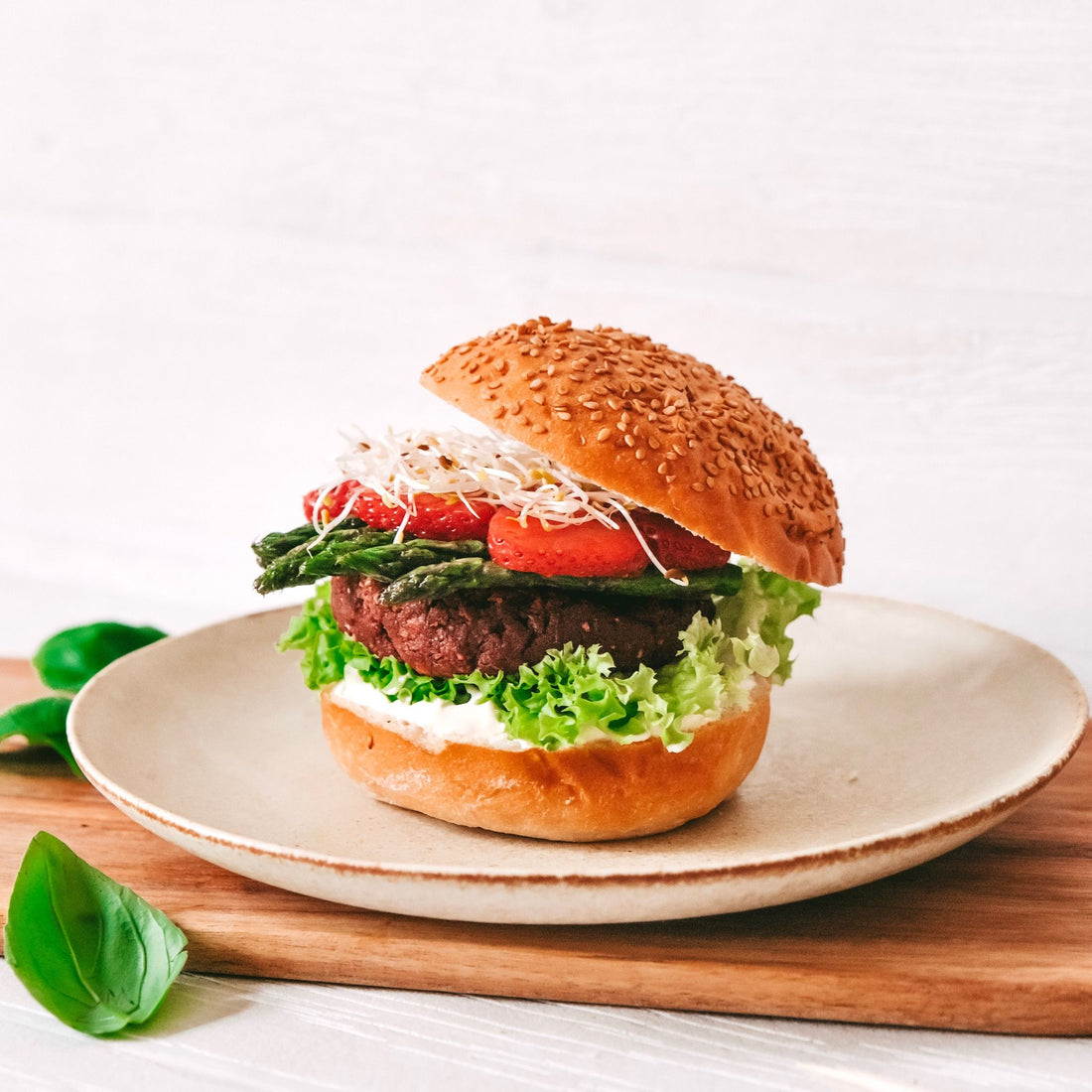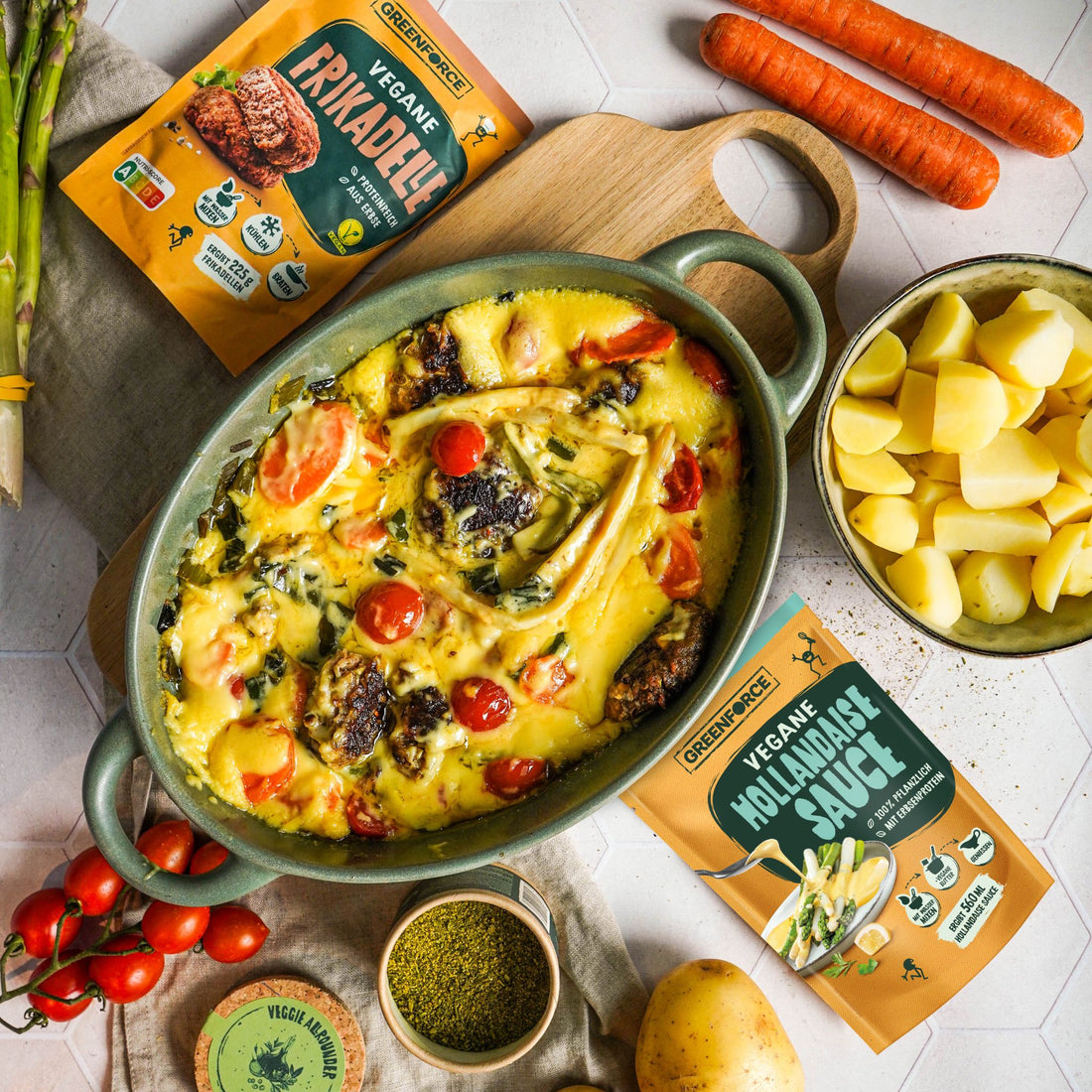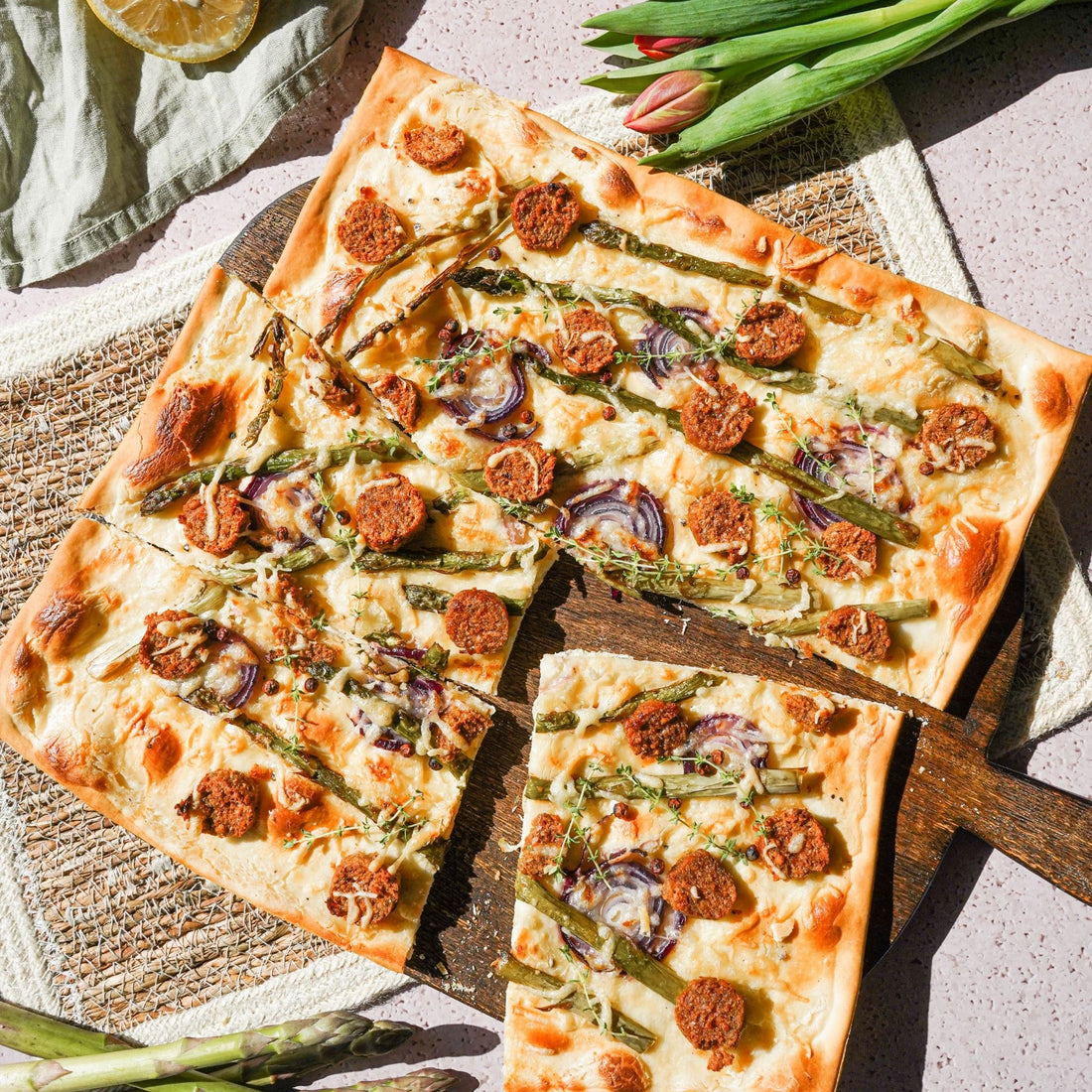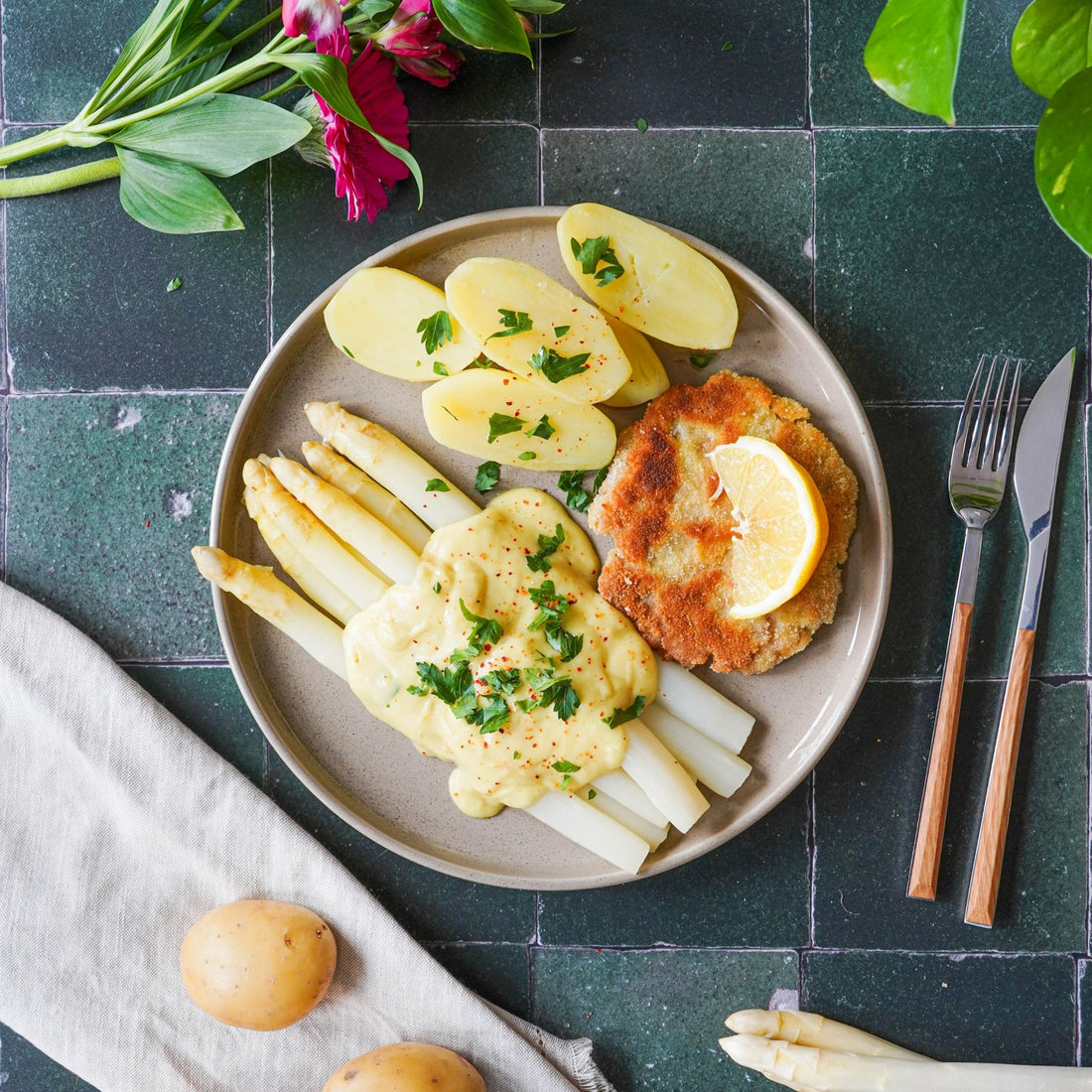Asparagus season: Interesting facts about asparagus
Jennifer Jaschek
08/04/24
Reading time: 8 minutes
Asparagus season is from April to June! But what is the difference between green and white asparagus and why do we traditionally eat it with hollandaise sauce? Find out more about this special vegetable here.

Green asparagus or white asparagus?
That is the question!
While white asparagus grows underground and is protected from sunlight by covering it with soil, green asparagus grows above the ground and thus gets its characteristic green color.
Like many other green plants, this happens through photosynthesis. The two versions hardly differ in taste, but green asparagus scores with a higher content of vitamins and minerals.
Which type of asparagus is your favorite? 💚🤍
Asparagus cutting: an art in itself
Asparagus cutting is the name given to harvesting fresh asparagus. This is what matters:
The right time:
Asparagus harvesting usually takes place between April and June , during the asparagus season . The timing of harvest is crucial as the asparagus must reach its optimal size before it is harvested.
Handwork:
Unlike many other vegetables, asparagus is harvested by hand . This means it can be carefully lifted out of the ground without being damaged.
This is done with a special asparagus knife . This tool has a narrow blade approximately 23 to 25 centimeters long that can be used to reach the asparagus deep in the soil without damaging the roots.
Fast and efficient:
Cutting asparagus is about more than skill - it also has to be quick and efficient. The harvest workers have to harvest large quantities of asparagus in a short time in order to keep up with demand during the season.

The classic: asparagus with hollandaise sauce
Asparagus and Hollandaise sauce - a culinary dream pair.
But why exactly this fine butter sauce?
The creamy consistency and delicate taste of the Hollandaise sauce are a perfect complement to the mild aroma of the asparagus. Asparagus experts have probably been of this opinion for centuries !
The combination of asparagus with hollandaise sauce has a long tradition that dates back to the 17th century . The Hollandaise sauce - a creamy butter sauce with egg yolk and lemon juice - was already used in fine cuisine at the time and went perfectly with the mild taste of the asparagus. Since then, this classic combination has become firmly established and is still appreciated by connoisseurs worldwide today.
But there are also other delicious variants.
The trend of serving asparagus with smoked salmon comes from France . In Spain, green asparagus cooked al dente ends up in a tortilla . And in Italy, green asparagus is often used as a salad garnish for fish dishes , as risotto, or with pasta.
But hollandaise sauce can also be found in a plant-based version and is the most popular product for many vegans . They are happy to be able to enjoy it even without animal products.
Vegan hollandaise sauce is available here!
The history of asparagus
In ancient times: A royal treat
Even in ancient times, asparagus was a valued food that was reserved for the rich and powerful. The ancient Egyptians and Romans valued the delicate sticks not only because of their delicious taste, but also because of their supposed healing properties. Asparagus was even considered an aphrodisiac and a symbol of fertility and vitality.
In the Middle Ages: A treasure for health
During the Middle Ages, asparagus was particularly popular in monasteries and among noble families in Europe. Numerous healing properties were attributed to it and it was considered an effective remedy against a wide variety of diseases. In addition, asparagus was also used as a delicate ingredient at celebratory banquets and royal meals, where it was considered a symbol of luxury and prosperity.
Asparagus as a Lenten food and holiday meal
Over time, various traditions and customs surrounding asparagus developed. It was a popular food during Lent because it was considered easy to digest and still provided the body with important nutrients. But asparagus could not be missing on festive occasions such as weddings, baptisms or anniversaries. His noble appearance and exquisite taste made him the star of every festive table.
Popular worldwide
The white or green good is diligently produced and consumed around the world.
But nowhere else is as much asparagus eaten as in this country. Germans eat 1.6 kilograms per capita per year!
And the Germans are also far ahead in terms of cultivation in relation to the population: over 115,000 tons are harvested in Germany during the asparagus season.
According to the FAO , the countries in the world with the largest areas of asparagus cultivation are China (approx. 1.3 million hectares), then Mexico (approx. 35,000 hectares), Peru (approx. 32,000 hectares), and Germany (approx. 22 000 hectares).
While white asparagus is preferred in Germany, green asparagus dominates the market globally.
Facts about asparagus
Did you know that asparagus is one of the oldest vegetables in the world and was cultivated over 5,000 years ago ?
Germany even has its own asparagus routes that lead to the most important growing areas and attract thousands of visitors every year.
Many regions that are known for their asparagus cultivation even elect an asparagus queen or king every year! They often take part in festivals and events around the asparagus season and thus help to promote regional cultivation.
Peeling asparagus requires skill and precision because the delicate spears must be evenly removed from their fibrous shell in order to develop their full aroma. In some regions there are even competitions in which participants compete for the fastest and most beautiful peeling technique.
Well then, get to the asparagus and enjoy your meal! 💛



